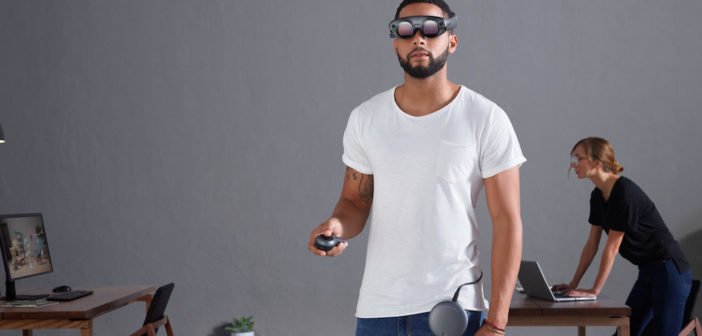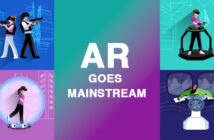Introducing Magic Leap’s Mixed Reality goggles : Magic Leap one.
The Journey, not the destination that matters – T.S. Elliot
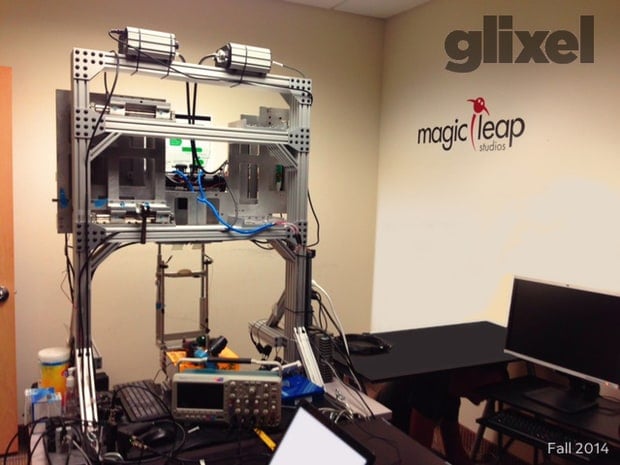
The Bench
This seems to be the same case with Magic Leap.
Magic Leap’s “Hello World” moment may be lost on others. For the team, who had been working to prove their theory at that point for four years, it was euphoric.
Also, it was a single pixel.
“The first real moment, which no one will care about, is when we had a pixel, and we were using a joystick, and we are just moving a pixel around the room,”. “It was like Pong in 1970 or something. Well, less sophisticated than Pong. It was just a little dot that we were moving around the room and it was like, ‘Whoa, did we just do that?’” Abovitz recollects.
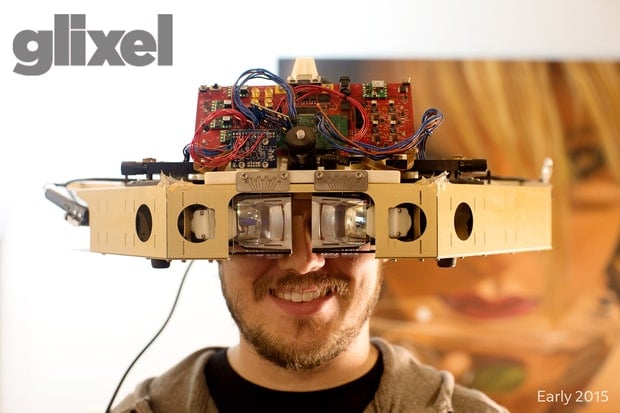
CheeseHead
The Start for Magic Leap
The process was slow-going and very frustrating. Abovitz said he frequently traveled to Kitty Hawk and the Saturn 5 building for inspiration. At this point, the team was made up of a motley crew that included people from NASA, computer scientists, physicists, comic book creators. The team kept iterating and iterating on their idea until finally, as Abovitz says, we had our dot.
The timing was fortunate. Abovitz knew that he would eventually run out of the money earmarked for the start-up and that external funding was a must. Luckily, the pixel and those two characters were enough to show Google and some others that Magic Leap was heading in the right direction. Magic Leap managed to raise $540 million in venture funding by the end of 2014.
They used the money to move out of the single-room office and began working on their first wearable version of the tech. Which the company now refers to affectionately as the Cheesehead. “That was like, let’s take the light field signal generator stuff and put computer vision stuff on it and rig it up and start walking around,” Abovitz says. “And it weighed like tens of pounds. And that was this moment where we were like we need to combine motion and high-end computer vision. “
The Climb
The Cheesehead showed that they could extract those key elements of the signal down to the nano-structure and place it into a wafer that would create the digital light field signal used to help people view this new mixed reality world. The large, oddly shaped device also allowed the company’s growing software team to test out the code on which they were working.
Over the next two years, the team continued to iterate on software, hardware, science and design. To speed up production and testing cycles, the moved into a massive space outside of Fort Lauderdale and built a wafer fabrication plant on an underground floor. “We went on this really crazy sprint from basically October 2014 to December 2017,” he says.
The Magic – Leap
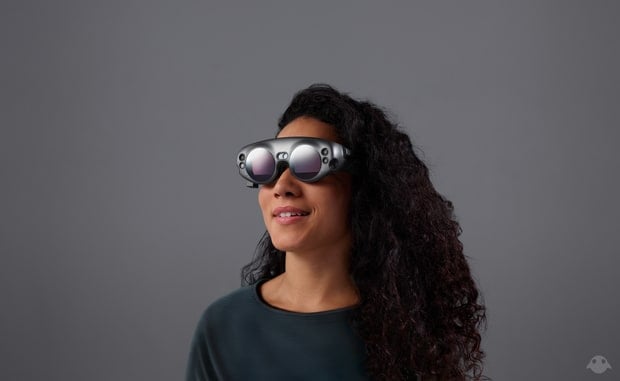
One
The wafer, he says, moves photons around in the 3D nano-structure in a way that allows it to output a very particular digital light field signal. My first close look at the full Magic Leap hardware comes in a secluded space upstairs that resembles a fashion showroom. All of the components of Magic Leap’s device are tied together with a similar design language, says Gary Natsume, senior vice president of design at the company. This system – the ninth generation of the hardware – is made up of these three components: a headset and small pod-like computer connected by a single, long cable and a controller, known simply as Control.
The headset looks almost like a pair of goggles held in place with a thick strap. They’re lightweight, modern-looking, if not exactly stylish, and certainly much sleeker than anything virtual reality has to offer. “The lens are a very iconic form,” Natsume says. “The aspiration is that eventually, this will become like glasses and people will wear them every day.”
The Lightwear and Lightpack are almost toy-like in their design, not because they feel cheap – they don’t – but because they’re so light and there seems to be so little to them. Abovitz, though, is quick to point out just how much is packed into that small space. “This is a self-contained computer,” he says. “Think about something close to like a MacBook Pro or an Alienware PC. It’s got a powerful CPU and GPU. It’s got a drive, WiFi, all kinds of electronics, so it’s like a computer folded up onto itself.
What it does
Magic Leap One is “built for creators who want to change how we experience the world.”, posted on the site.
The goggle-like headset offers a new set of possibilities for all different kinds of users. Magic Leap One allows spatial browsing and content extraction for mixed reality shopping. Giving developers more creative leeway and providing online shoppers with a better overall experience. For gamers, the headset is able to transpose characters from the gaming world right onto the real world. The headset is equipped for social interactions; friends can use it to digitally connect and communicate with one another. At work, users can open multiple screens and bring particular content with them into another room or leave it.
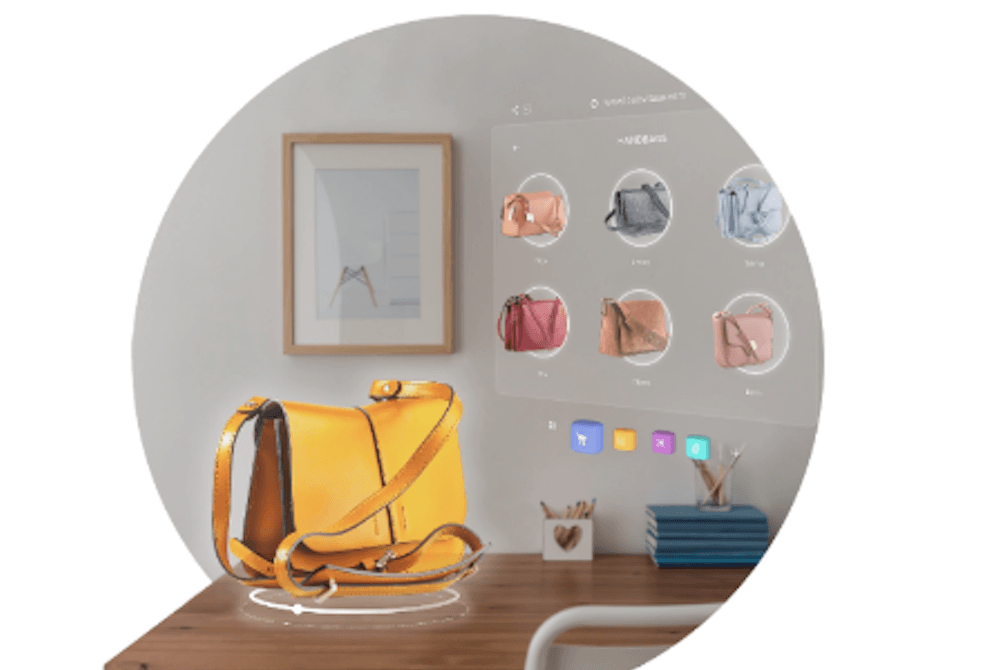
What it does
Magic Leap One creates its visual experience by examining surfaces and objects to understand exactly where the user is physically. This provides the opportunity for spatial computing to more accurately place things in the mixed reality world. Users can also place lightfield objects, which always stay in place, for example, a virtual TV placed on the wall will be in the same place whenever the user returns to that room.
According to Magic Leap, the new headsets will start shipping early this year.

